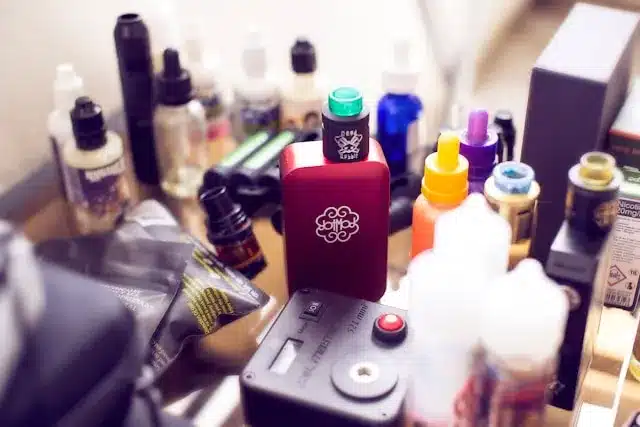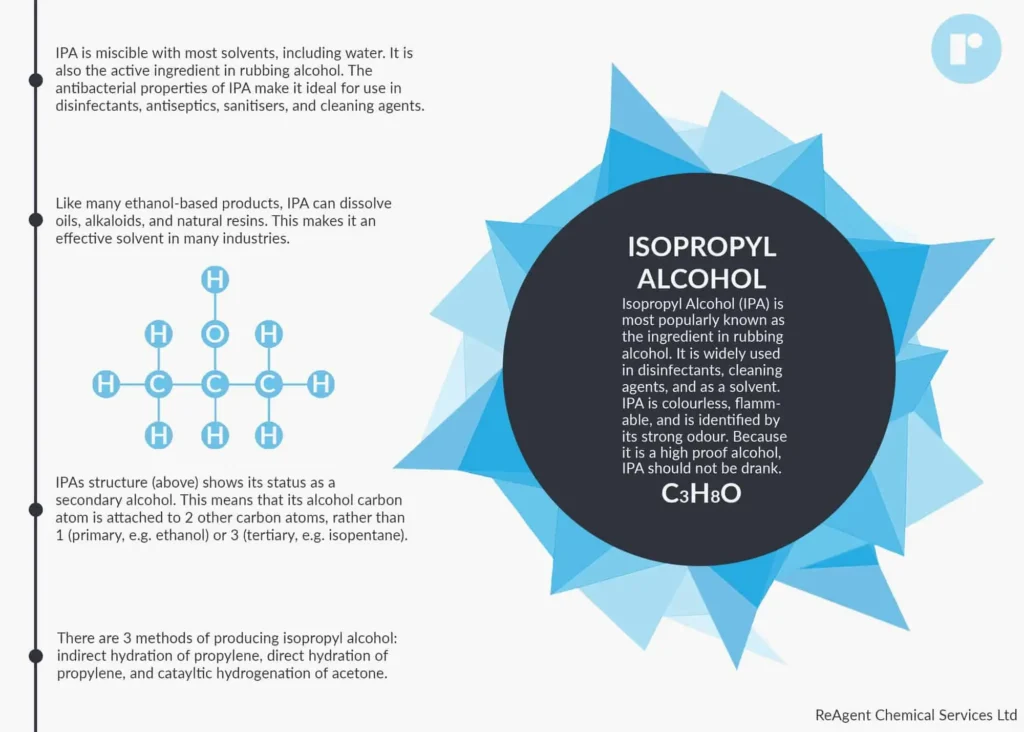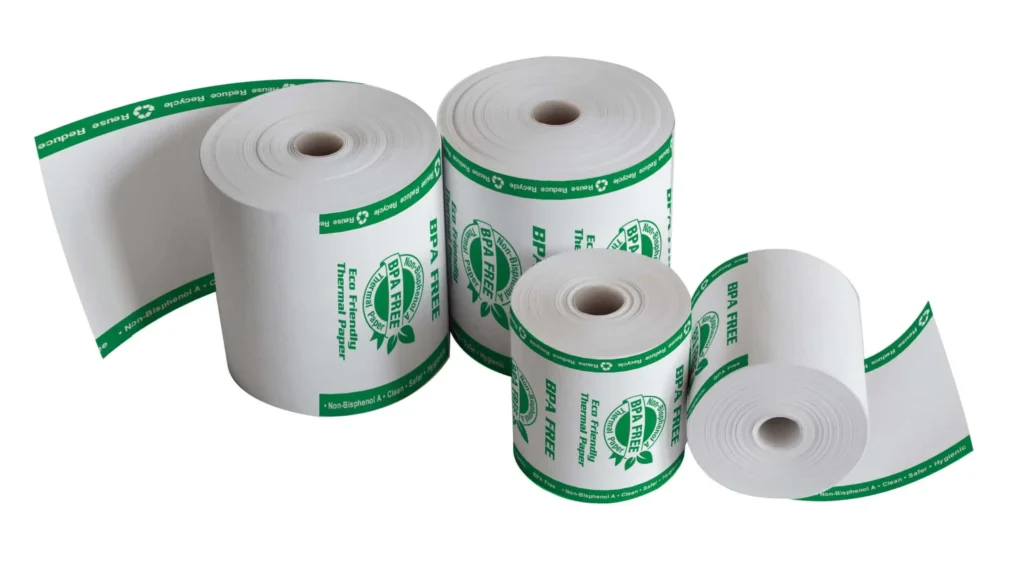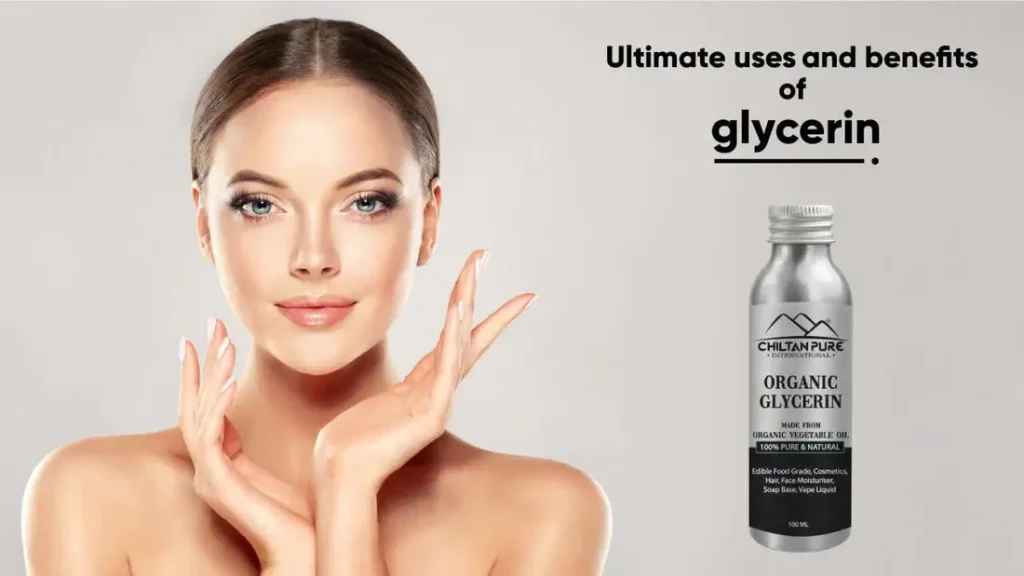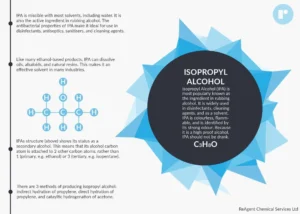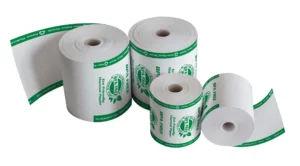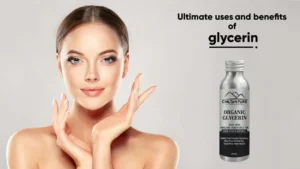Have you ever wondered what goes into the everyday products you use? From the shampoo you wash your hair with to the detergent that cleans your clothes, a myriad of chemical components play a crucial role in their formulation and effectiveness. In this blog post, we’ll take a closer look at some common household products and the chemical components that make them work.
Shampoo and Conditioner:
Shampoo and conditioner are essential hair care products that many of us use daily. These products typically contain a variety of chemical components designed to cleanse, condition, and nourish the hair and scalp. Some key ingredients found in shampoo and conditioner include:
-
Surfactants: Surfactants such as sodium lauryl sulfate and ammonium lauryl sulfate act as detergents, helping to remove dirt, oil, and product buildup from the hair and scalp.
-
Conditioning Agents: Ingredients like cationic surfactants, silicones, and proteins help to condition the hair, leaving it soft, smooth, and manageable.
-
Preservatives: Preservatives such as parabens and phenoxyethanol are added to prevent microbial growth and extend the shelf life of the product.
Laundry Detergent:
Laundry detergent is another household staple that relies on a combination of chemical components to effectively clean clothes. These components work together to remove stains, dirt, and odors from fabrics. Some common ingredients found in laundry detergent include:
- Surfactants: Surfactants, such as alkylbenzene sulfonates and alcohol ethoxylates, help to lift and suspend dirt and oil in water, allowing them to be rinsed away.
- Enzymes: Enzymes, such as proteases and amylases, break down protein-based stains (like blood and grass) and carbohydrate-based stains (like starch and chocolate) into smaller, more soluble molecules that can be washed away.
- Builders: Builders, such as sodium carbonate and sodium tripolyphosphate, help to soften water and enhance the cleaning power of the detergent by binding to minerals and preventing them from interfering with the cleaning process.
Hand soap is essential for maintaining proper hygiene by removing dirt, bacteria, and viruses from the hands. Like other cleaning products, hand soap contains a variety of chemical components that work together to cleanse and sanitize the skin. Some key ingredients found in hand soap include:
-
Surfactants: Surfactants, such as sodium lauryl sulfate and cocamidopropyl betaine, create lather and help to lift dirt and bacteria from the skin.
-
Antibacterial Agents: Ingredients like triclosan and benzalkonium chloride may be added to some hand soaps to help kill or inhibit the growth of bacteria on the skin.
-
Moisturizers: Moisturizing ingredients, such as glycerin and aloe vera, help to hydrate and soothe the skin, preventing it from drying out with frequent hand washing.
Decoding Personal Care Products
Let’s start with your morning routine. As you reach for your favorite shampoo or conditioner, do you ever wonder what gives it that luxurious lather or pleasant fragrance? The answer lies in a complex blend of surfactants, emulsifiers, and fragrances. Surfactants, such as sodium lauryl sulfate, help to cleanse by reducing the surface tension of water, allowing it to penetrate and remove dirt and oil from your hair. Emulsifiers, like glyceryl stearate, ensure that oil and water-based ingredients in the product remain mixed together, providing a uniform texture. Meanwhile, fragrances composed of various volatile organic compounds contribute to the product’s scent, enhancing your sensory experience.
Understanding Household Cleaners:
Next, let’s step into the laundry room. Ever wondered how your laundry detergent tackles stubborn stains and leaves your clothes smelling fresh? The answer lies in a blend of enzymes, surfactants, and optical brighteners. Enzymes, such as protease and amylase, break down protein and starch-based stains, while surfactants work to lift and suspend dirt and oils in the water, preventing them from redepositing onto your clothes. Optical brighteners absorb ultraviolet light and emit blue light, making your whites appear brighter and colors more vibrant
But the influence of chemicals doesn’t end there. They permeate nearly every aspect of our lives, from the packaging that preserves our food to the electronics that power our devices. Plasticizers, such as phthalates, make plastics flexible and durable, allowing them to be molded into various shapes for packaging. Flame retardants, like polybrominated diphenyl ethers (PBDEs), help to reduce the flammability of electronics, ensuring our safety.
However, while these chemicals offer numerous benefits, it’s essential to acknowledge the importance of responsible use and disposal. Many chemicals can have adverse effects on human health and the environment if not handled properly. By understanding the chemistry behind everyday products, we can make informed choices to minimize our impact and promote sustainability.
In conclusion, the next time you reach for your favorite shampoo or load the washing machine, take a moment to appreciate the intricate chemistry at work. From personal care products to household cleaners, chemicals play a vital role in enhancing our daily lives. By gaining insight into the composition and function of these products, we can develop a deeper appreciation for the science that surrounds us.
So, here’s to unlocking the chemistry behind everyday products and embracing a newfound understanding of the world around us.
| S.No. | Products | Chemicals contained |
| 1 | Nail Polish remover | Acetone or ethyl acetate |
| 2 | Toothpaste | Sodium monofluorophosphate,propylene glycol, sorbitol,sodium hydroxide etc. |
| 3 | Detergent | Phosphates, Dioxane & Diethylene Dioxide,Dichlorobenzene,Benzyl Acetate,Chlorine Bleach,Ammonium Sulfate |
| 4 | Dish wash soap/liquid | Triclosan,Sodium Borate,Phthalate,Phosphates,glycol ether,formaldehyde,ethanolamine,ammonia |
| 5 | Thermal Paper (ATM receipts & CC/DC bills) | BPA (bisphenol A) and BPS (bisphenol S) |
| 6 | Fabric conditioner | QUATS (quaternary ammonium compounds), benzyl acetate,A-Terpineol |
| 7 | Perfumes / body spray | Phthalates,benzene, benzyl alcohol, limonene, acetone, ethanol etc. |
| 8 | Cleaning products | Phthalates,floride,PERC, Triclosan,QUATS,2-Butoxyethanol, ammonia,chlorine,Sodium Hydroxide. |
| 9 | Shoe Polish | Naphtha, lanolin, turpentine, wax, gum arabic and ethylene glycol. |
| 10 | Room freshener | Formaldehyde,Butylated hydroxytoluene (BHT), |
| 11 | Agarbathi smoke | benzene,toluene, xylenes, aldehydes and polycyclic aromatic hydrocarbons(PAHs). |
| 12 | Cigarette Lighter | Butane |
| 13 | Non-stick cookware | polytetrafluoroethylene (PTFE) |
| 14 | Insect repellent | N,N-Diethyl-3-methylbenzamide (DEET). |
| 15 | Dry Cleaned clothes | PERC (perchloroethylene) |

